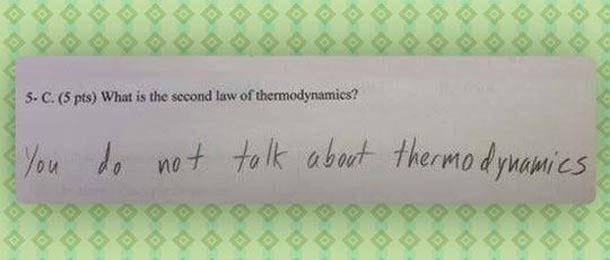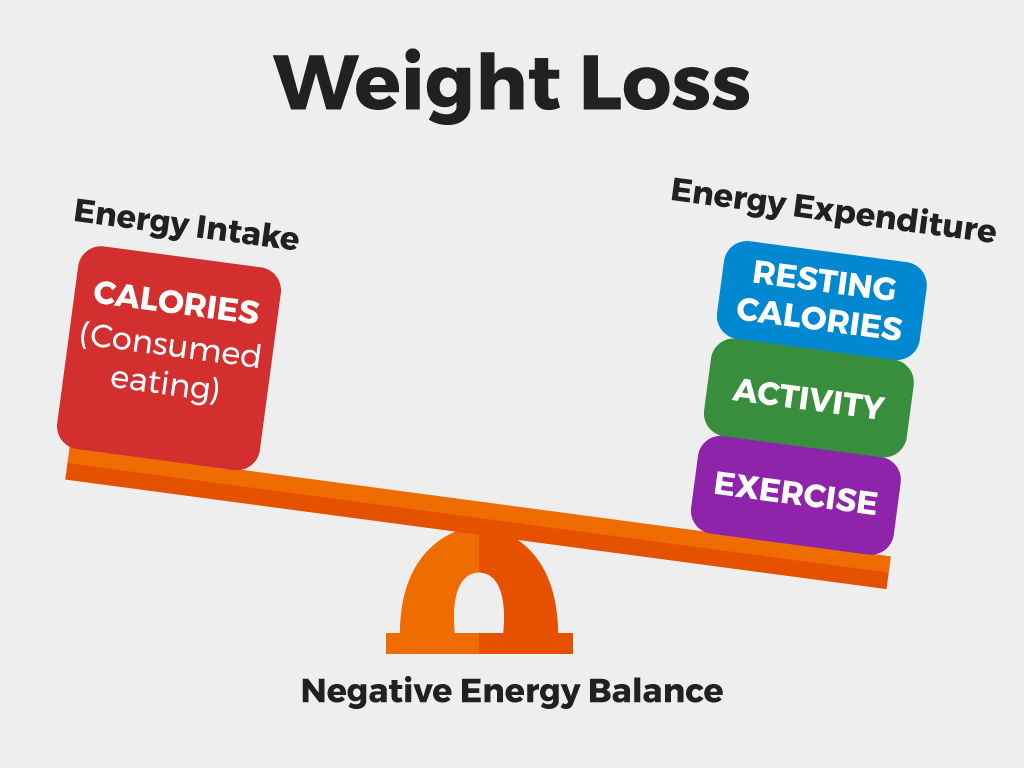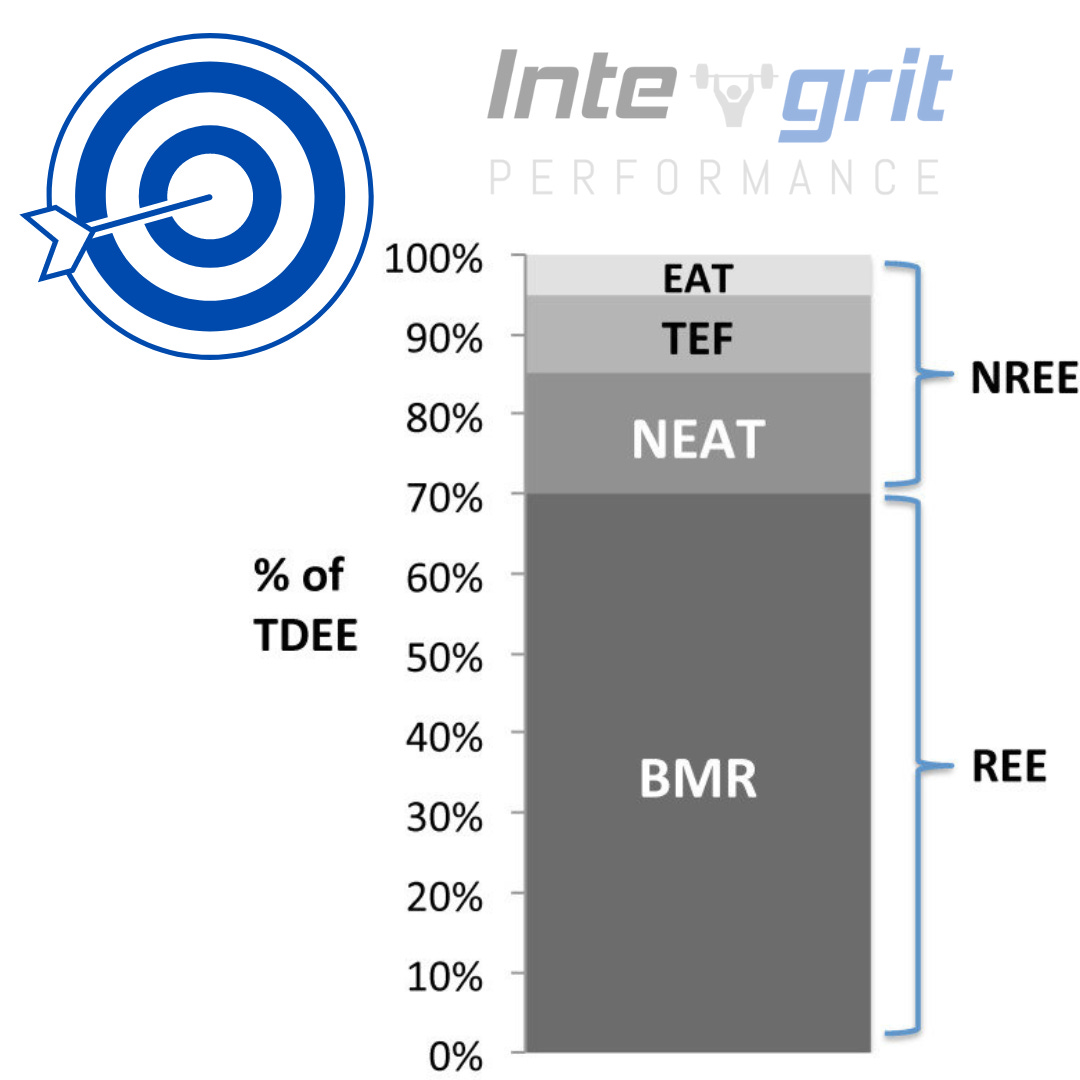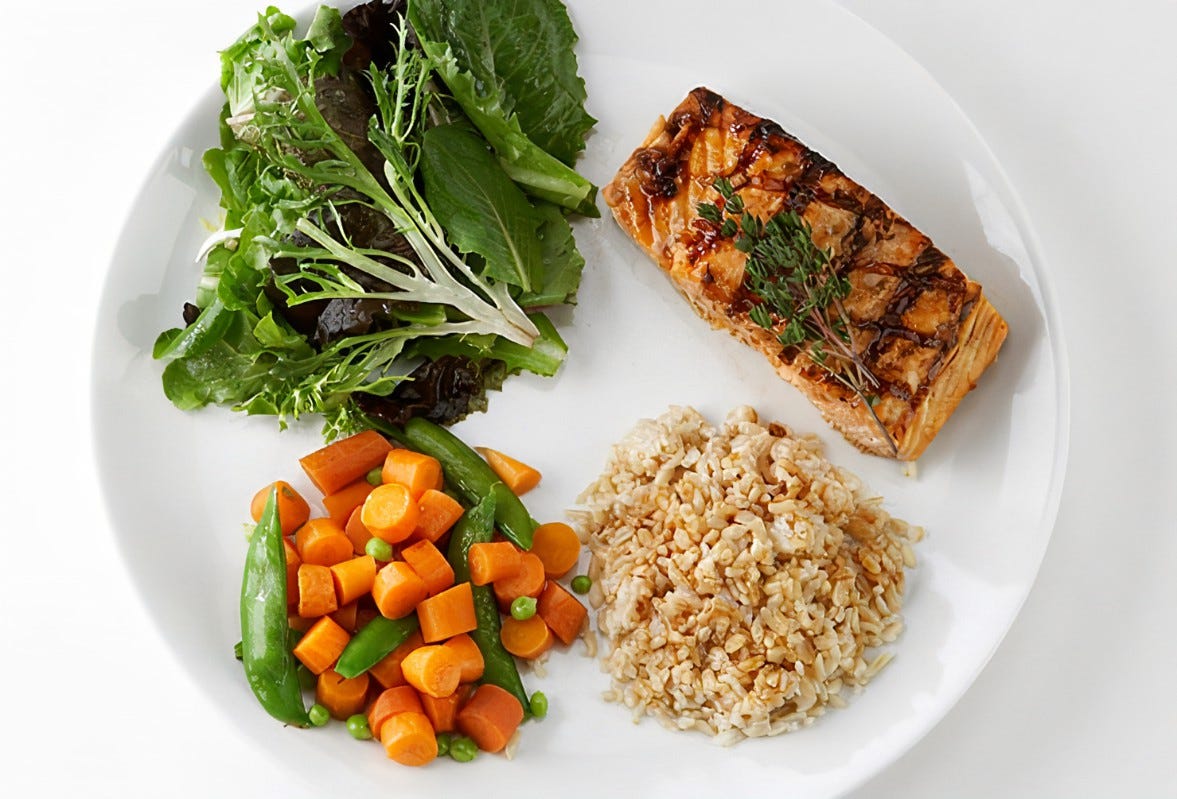Pros and Cons of If It Fits Your Macros (IIFYM) Diet
Pitfalls of a Mathematically Supported System
This article is going to be about how you can eat all the junk food you want and still lose weight (semi-serious, although we’ll go into why that may or may not be a good idea later in the article).
If it fits your macros, or IIFYM for short, was popularized by many youtubers and social media stars as they pounded pop starts and still flexed their shredded abs on camera. It was cool and edgy; it also made some people mad.
Weight loss is primarily predicated on thermodynamics and energy balance (A really fun topic). A positive energy balance leads to weight gain and a negative balance leads to weight loss. Energy balance or equilibrium would lead to weight maintenance.
Although things like hormones & food quality play a role in metabolism, they do not override the principles of thermodynamics. Keep this in mind as you read the article. This means you can still lose weight reliably eating only pizza. To prove that point, I once ate only gas station food for an entire week and lost weight.
How I lost 4lbs in 7 days eating only Kwik Trip
I don’t recommend you do it, but you sure can! Let’s dive in with a quick run through of thermodynamics before we cover how you can get your fill of Poptarts without looking like the Pillsbury dough boy.
First Law of Thermodynamics
“The first law asserts that if heat is recognized as a form of energy, then the total energy of a system plus its surroundings is conserved; in other words, the total energy of the universe remains constant.” (Drake 2020)
Humans are thermodynamic, we produce heat through chemical reactions and are therefore at the mercy of the same rules of the universe as any other thermodynamic agent. Adding heat to a system leads to either a change in internal energy or results in work. IIFYM is predicated on the first law of thermodynamics, that matter is neither created nor destroyed; matter is converted into internal energy or work.
In the case of human physiology, internal energy might be the storage form of the reaction (i.e., adipose tissue). Work in human physiology can simply be defined as any physical movement. Work can be physical such as moving your limbs or at the cellular level.
Second Law of Thermodynamics
The second law of thermodynamics is simply entropy. As a system undergoes thermodynamic changes, it can’t return to its original state. To put into simple terms, all heat producing reactions will not be 100% efficient, heat will be lost in the process. What’s true for the universe is true in human physiology also.
Fun fact, in the mid 1900s researchers actually looked at the effects of colder temperatures on decreasing body fat. Subjects tended to increase heat production (shivering is a form of heat generation by your body) and tap into brown adipose tissue. This doesn’t necessarily mean you need to, or even should, use cold temperatures for weight loss.
Point being, if you ingest a hot dog, the end metabolism won’t be another hot dog. It takes time and energy to break down the carbs, protein, and fat within the hot dog. Breaking down each of these nutrient’s releases heat. The portion of the hot dog not used immediately for energy or for energy storage as glycogen will be converted to fat.
Third Law of Thermodynamics
The third law of thermodynamics states that no system can truly reach zero. This is less relevant for nutrition so we won’t get into it. Weight loss is physics. IIFYM tries to use this Newtonian idea to structure a diet around the first law of thermodynamics. Meaning, if you consume less energy than your output, the net results will be the use of internal energy. You will thereby use fat (and other things) for energy to make up the difference. Simple enough right?
“Weight loss is physics”
Although true at face value, there are many issues when tracking macros. To be clear, I am not against tracking macros. I’ve done it for years and many clients start with this process to understand nutritional content and habits better.
Keep in mind, your metabolism is highly adaptive and constantly adjusting to your output (activity) & input (food intake). Homeostasis of any system isn’t a flat linear line, rather, it ebbs and flows around a center point. This is a universal truth that isn’t exclusive to weight loss mechanisms.
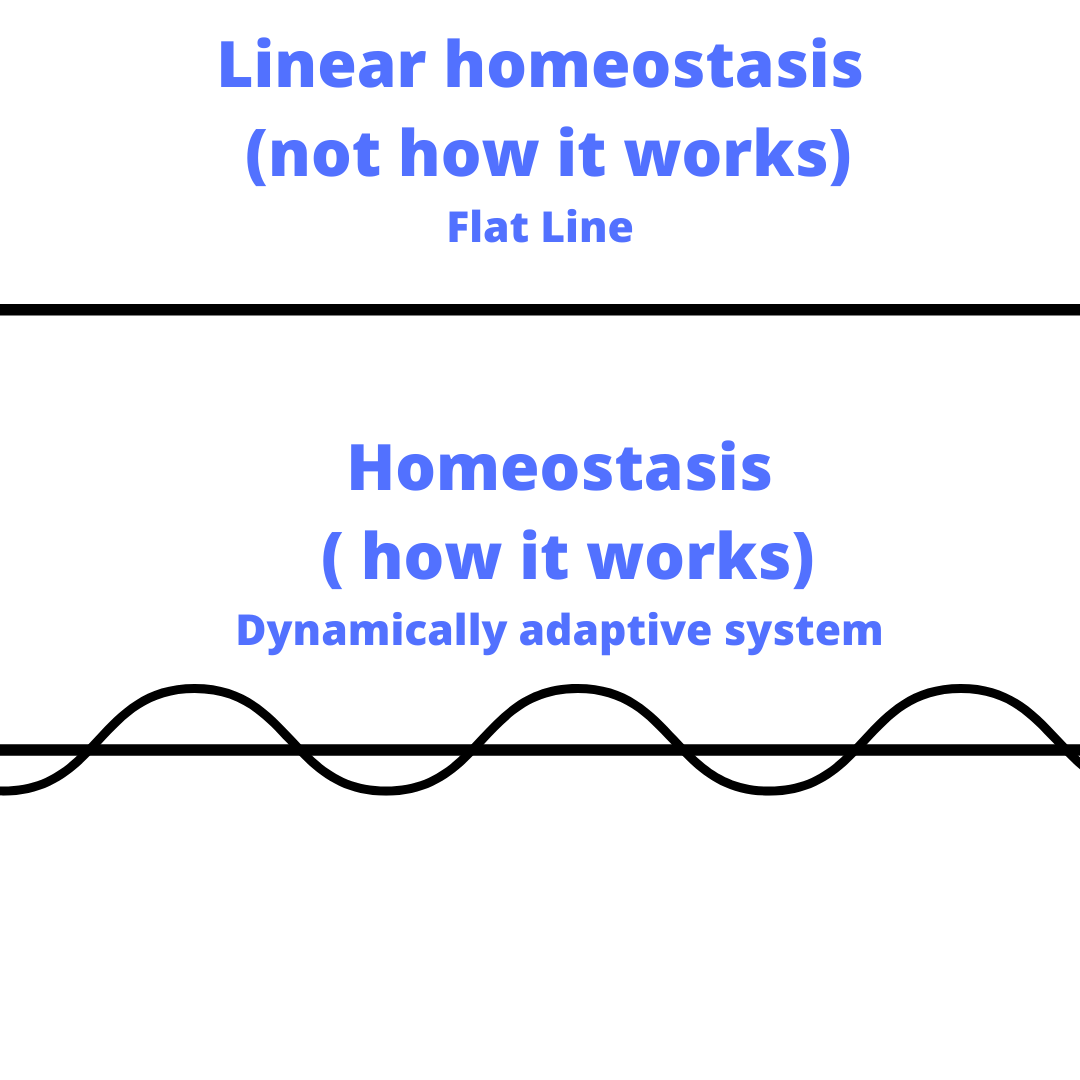
Metabolism can change just as a result of eating more food. It can change depending on various hormonal levels, activity, stress, temperature, digestion, breathing, and many other factors. IIFYM assumes a constant metabolism, or at the very least within a narrow range. Over a larger scale, the system leads to weight loss as long as metabolism doesn’t drastically change. There are daily and long-term variations in metabolism since the body is adapting to all the factors previously listed and more.
Some research has even shown deficiency in minerals such as zinc to drop metabolism by as high as 900 calories per day. There is A LOT at play here! To reiterate a point I made at the start of the article, just because your metabolism is adaptive doesn’t mean it can overturn the laws of thermodynamics. The first law of thermodynamics is always king to determine weight loss. If you aren’t losing weight, you aren’t in a negative energy balance.
Pitfalls of IIFYM
Some individuals use IIFYM as an excuse to have a disorganized eating behavior. They don’t set proper eating habits and just try to hit the numbers. Although this will likely still be effective for short term weight loss, it’s terrible for sustaining practical nutrition habits. Unless the individual plans to track for their entire life, they need to find a system that allows them to be more intuitive. At the very least, finding a system with constraints would help to sustain progress and live life like a normal human being.
The system is very “evidence-based”, but this does not mean it’s the best system. It’s a tool in our toolbox but we understand the limitations of applying Newtonian science (cause = effect) to a highly complex system like the human body.
IIFYM doesn’t directly take into account food quality (although it can). Processed foods for example have a lower thermic effect of feeding (TEF) and therefore take less energy to break down. There are also potential endocrine and systemic issues down the line that can result from eating too much junk/processed foods. This can in turn impact your metabolism long term. Again, metabolism is a moving target and weight loss is still dependent on energy balance at the end of the day.
Lower food quality can also mean lower protein intake. Less protein intake means your body composition could actually get worse while losing or gaining weight. Greater muscle mass elevates your metabolic rate and is difficult to keep on, you don’t want to be losing muscle.
Improve Your IIFYM Diet
Work with your coach to make a plan to wean off macros. Tracking can be a very useful tool but there needs to be a strategy to implement once tracking is done. My recommendation is to set a meal frequency schedule. This would mean determining the total amount of snacks and meals per day and their composition of protein and carbohydrates. Otherwise, you risk falling into the trap of never forming healthy eating patterns. Without the use of tracking, this will lead to disorganized eating behavior, and more than likely weight regain and health consequences.
Keep your protein and food quality as high as possible. I’ll have more articles up on here about recommended protein intake but for now start with 1.5-2.2g/kg of bodyweight. As for food quality, eat too many fruits and vegetables. Whatever came to mind when i said “too many”, do that or as close to it as possible. Minimize processed foods and keep as much of your diet (80%+ ideally) from whole and minimally processed foods as possible.
Sources






